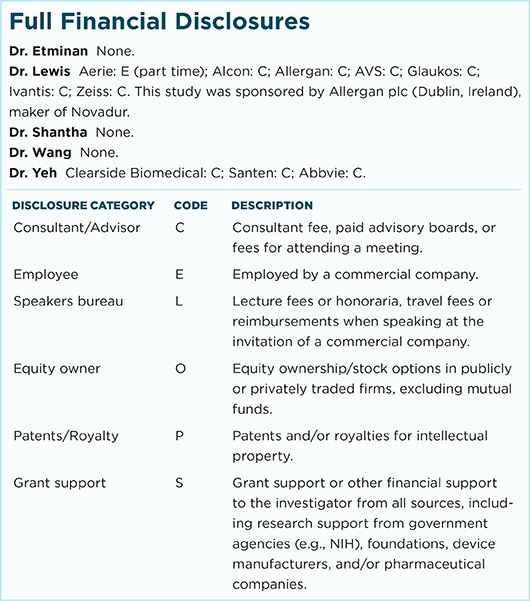Download PDF
Young people with diabetes mellitus (DM) are at considerable risk for diabetic retinopathy (DR), according to researchers who looked at the incidence and risk factors for developing DR among youth with DM.1 These findings, which have implications for screening guidelines, challenge the perception that DR is very uncommon in youth.
Higher-than-expected rates of DR. The study included 2,240 youths with type 1 DM (T1DM) and 1,768 youths with type 2 DM (T2DM). All were 21 years or younger at the time of initial enrollment in a large U.S. managed care network. Overall, 578 (14.4%) received a DR diagnosis.
“We were surprised to find that, overall, more than 1 in 5 youths with type 1 diabetes and 7% of the youths with type 2 diabetes received a diagnosis of DR during the time they were monitored in the health plan,” said Sophia Y. Wang, MD, lead author on the study and resident physician at the University of Michigan Department of Ophthalmology and Visual Sciences. “Youth with DM can indeed develop DR, and thus it is worthwhile for them to periodically undergo screening by an eye care professional.”
Delayed diagnosis. Many patients received a DR diagnosis before the recommended time for screening. Current Academy guidelines recommend starting screening for DR 5 years after T1DM onset. In this group of patients, 25% would have had a delayed DR diagnosis if screening began at that time. Even according to stringent 3- to 5-year guidelines recommended by some other professional societies, an initial DR diagnosis would have been delayed in 18% of cases. (Existing guidelines for youth with T2DM are the same as for adults, to screen for DR at the time of the initial T2DM diagnosis.)
Among the other key findings:
- Young people with T1DM developed DR faster than those with T2DM. At the 6-year follow-up, 27.6% of T1DM patients were diagnosed with DR, compared with 8.6% with T2DM. At 8 years, the numbers rose to 30% and 10.3%, respectively.
- For every 1-point increase in hemoglobin A1c, the risk for DR increased by 20% for youth with T1DM and by 30% for those with T2DM.
- Males with T2DM had a 122% higher risk for DR compared with females. In contrast, sex was not a risk factor in T1DM cases.
- Income mattered with T2DM. Youth in households in the highest net worth category (≥$500,000) had a 52% decreased risk of DR versus those in households in the lowest category (<$25,000).
Clinical implications. The study underscores the importance of referring youth with DM to an eye care provider at least as often as current guidelines suggest, said Dr. Wang. While further research is needed to determine the ideal timing for screening, she said professional societies might want to consider the adequacy of their guidelines. “It may be that a subset of patients who are at very high risk for developing DR require very early and frequent monitoring, while for many others the existing guidelines are completely adequate.”
What’s next? The researchers plan to study whether youth with DM are undergoing DR screening according to existing guidelines and whether socioeconomic factors affect guideline adherence.
For now, Dr. Wang urges doctors to consider the importance of periodic screening by an eye care professional in this patient population, keeping in mind that young people with diabetes are at risk for DR.
—Miriam Karmel
___________________________
1 Wang SY et al. Ophthalmology. Published online Dec. 1, 2016.
___________________________
Relevant financial disclosures—Dr. Wang: None.
For full disclosures and disclosure key, see below.

More from this month’s News in Review